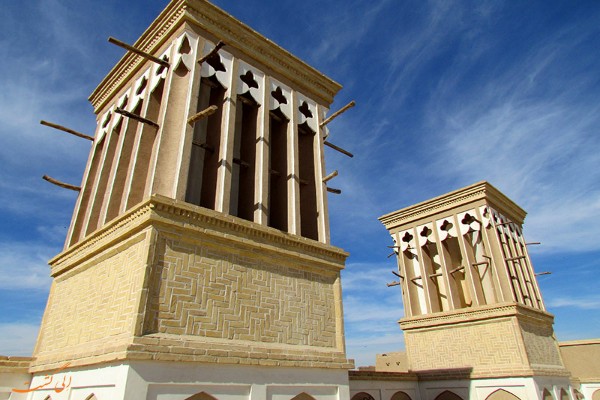Head of the Cultural Heritage, Handicrafts and Tourism Organization of Iran in the central province of Yazd says the efforts to inscribe the “technology of constructing windcatchers” as an element of Iranian architecture in the UNESCO world heritage list have been underway for 10 years.
The efforts, however, have gone nowhere so far, mainly due to the interference and protests from representatives of the Arab states, particularly the UAE, Mostafa Fatemi added.
The official also noted that several researches demonstrate that windcatchers originate from Iran, pointing to the extensive etymological studies by a Yazd-born Canadian-based university professor into the name of windcatcher, called ‘Badgir’ in Persian.
He finally explained that windcatchers came into being in central plateau of Iran, namely in the cities of Yazd, Kerman and Semnan, and gradually spread over the other areas, including the Persian Gulf littoral cities in Hormozgan and finally to the Arab states like Kuwait, Oman, and others.
Historical documents prove that windcatchers were introduced to Arabs in southern Persian Gulf in 1850s, when Iranian traders created structure built of stone or mud to ventilate their mansions.
These governments, particularly the UAE, have in recent years been building elements of Persian architecture, particularly the Iranian windcatchers to turn their countries into attractive destinations for foreign tourists.
Interestingly, the UAE has registered the Iranian windcatchers, which are called Barjil in Arabic, as its own cultural and historical heritages in the country’s school books.
A windcatcher is the traditional Iranian architecture found throughout the country, particularly in the central parts of Iran.
The tower is a simple yet effective solution for cooling air in warm climates, allowing hot air to rise out the top of it, and cooler directed winds to flow down into the home.
Yazd, a city in central Iran known as the “City of Windcatchers”, was inscribed as a UNESCO world heritage site in 2017.
